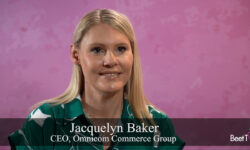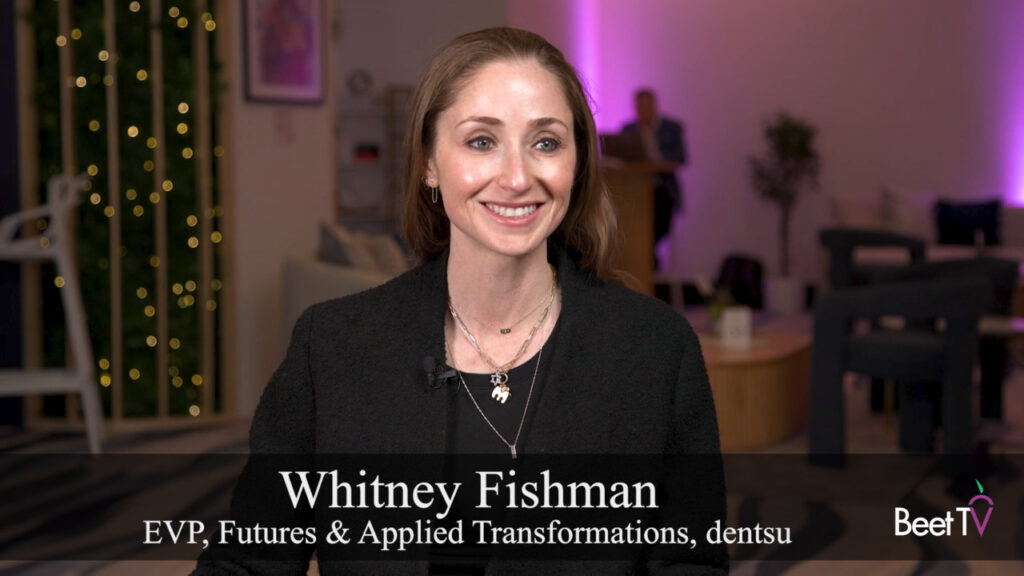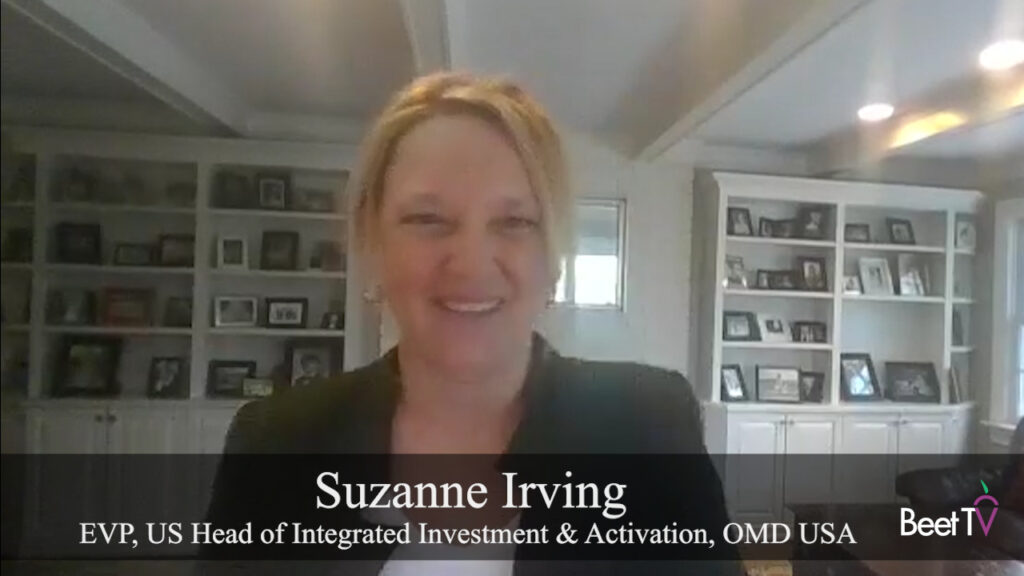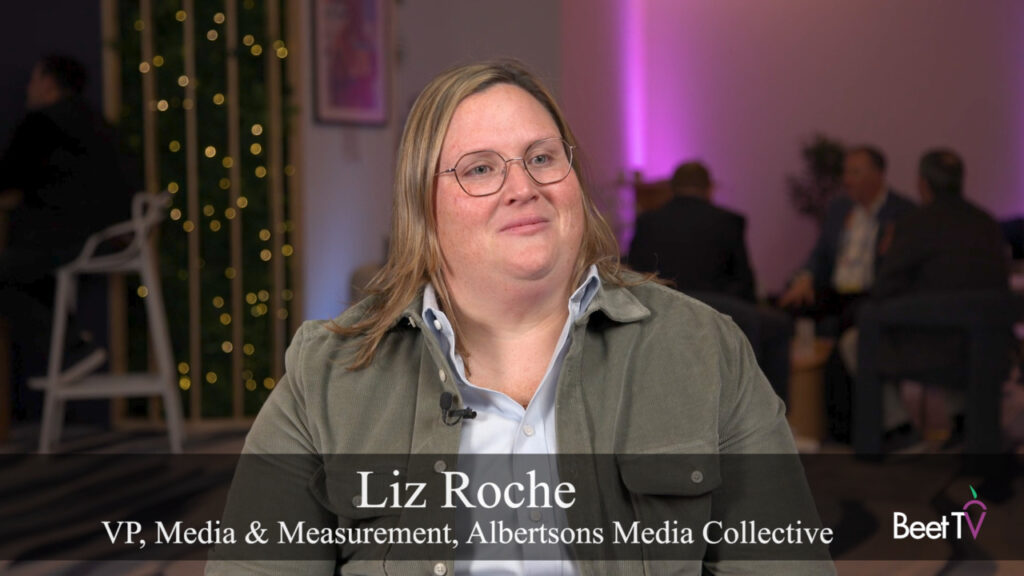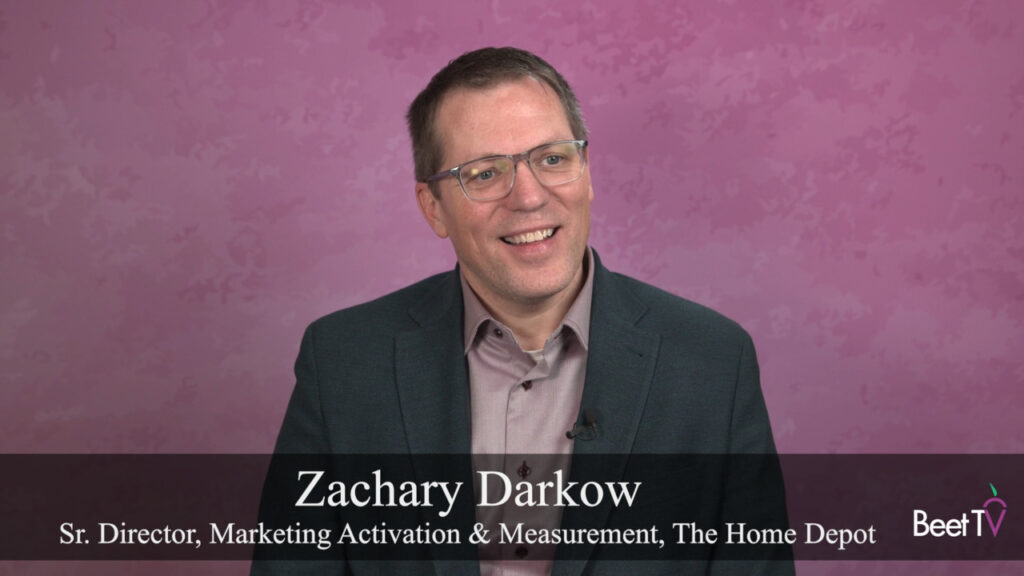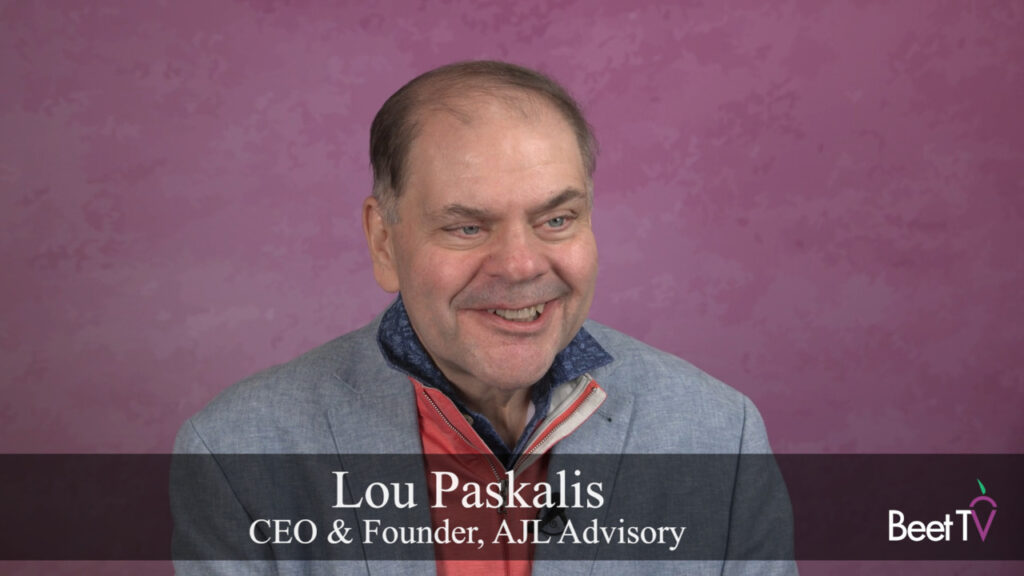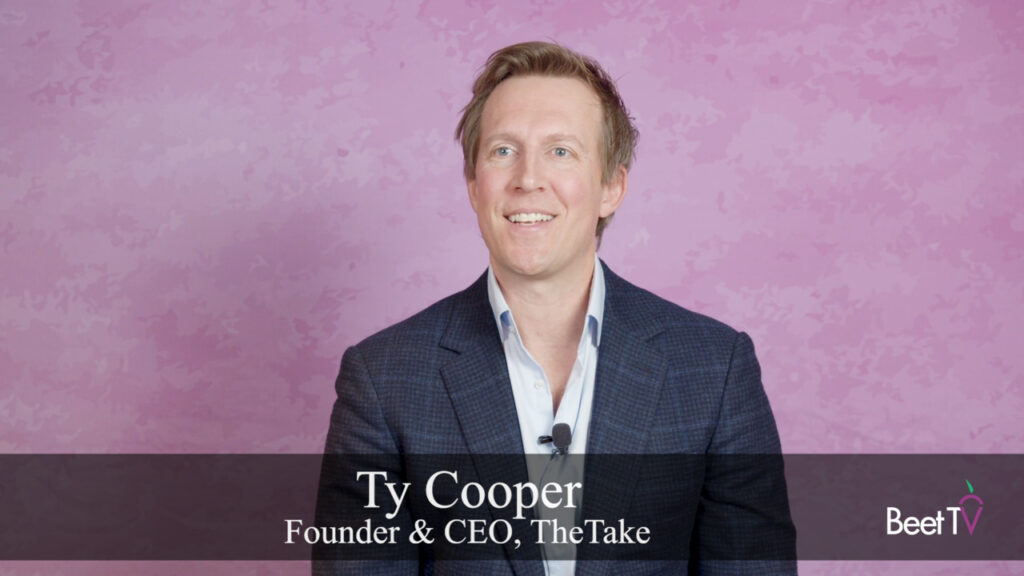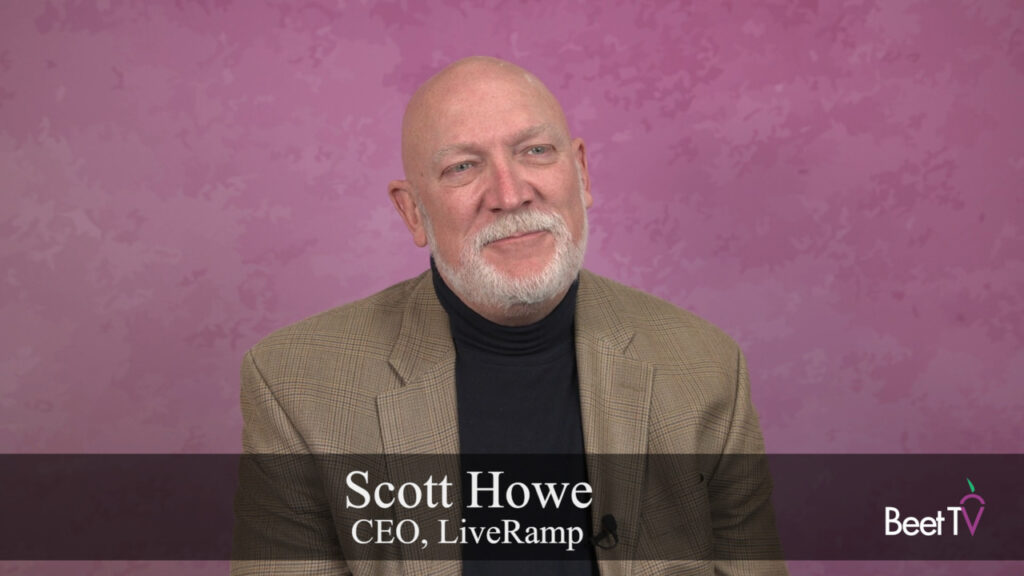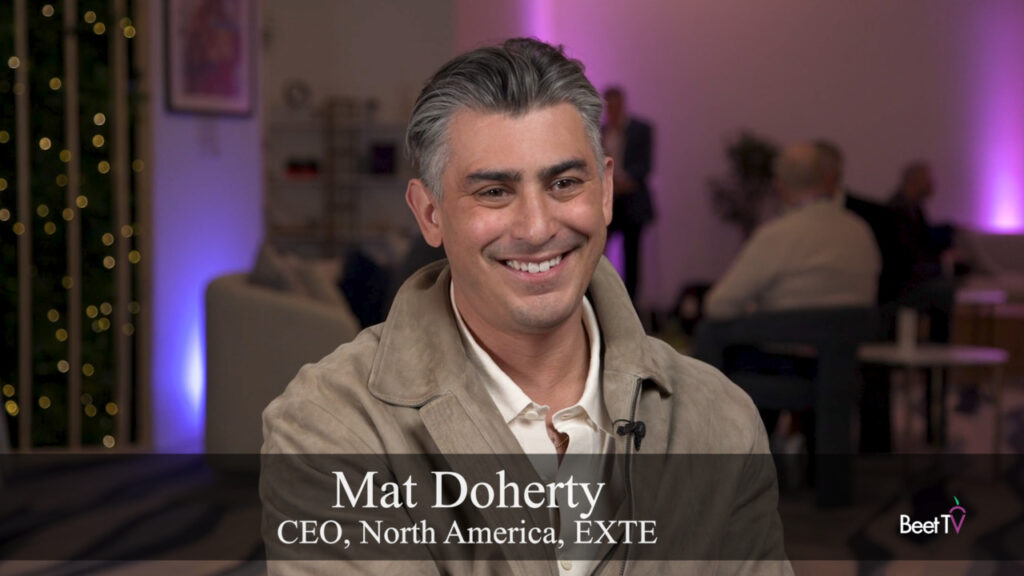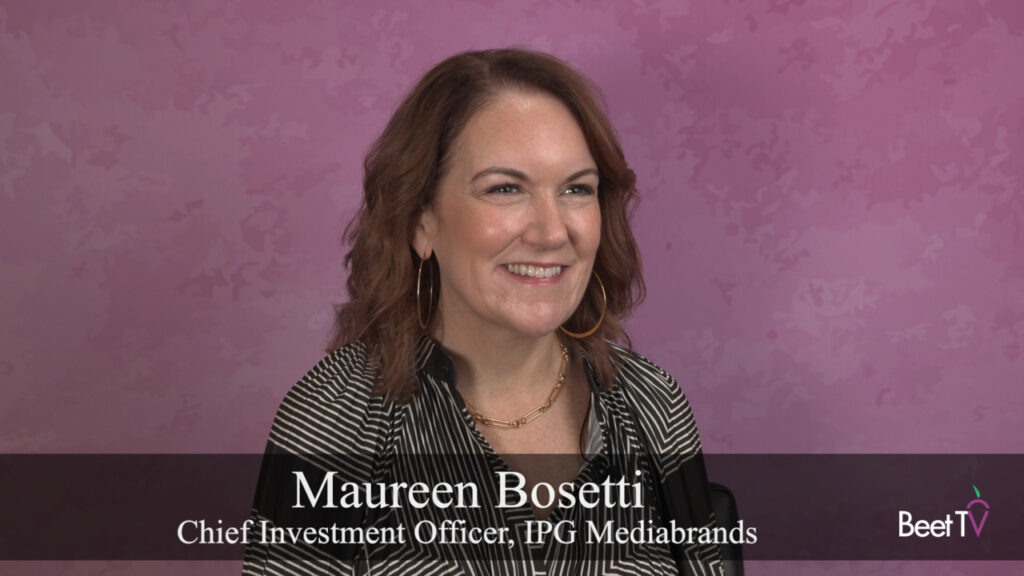SAN JUAN, PR – Millions of U.S. households have connected their televisions directly to the internet, giving advertisers a way to interact with consumers through what is typically the biggest screen in their homes. Shoppable video increasingly will have to power to raise brand awareness and to drive direct sales.
“A big prediction is that 100 million consumers are going to be influenced by shoppable video by 2025,” Amy Lanzi, chief executive of advertising and marketing firm Digitas North America, said in this interview at the Beet Retreat San Juan with Beet.TV contributor Rob Williams. “That means that they will have an intent to buy.”
This possibility is a key reason that Walmart is buying television maker Vizio for $2.3 billion. The retail chain can harness its trove of shopper data to help brands to improve their audience targeting.
“The big race for shoppable video is based on understanding the consumer, and that means strength of data,” Lanzi said. “Consumers move from digital to in-store and back and forth and in between.”
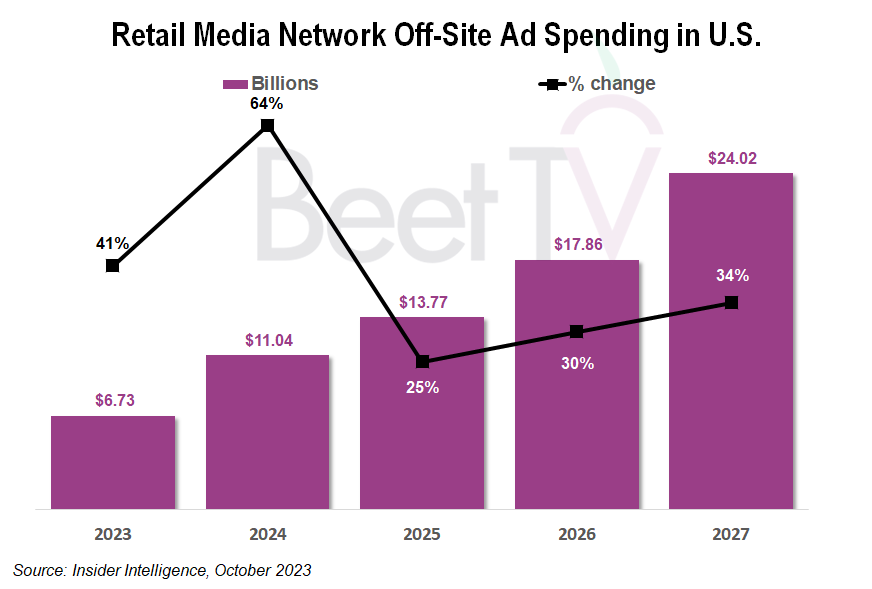
Television historically has been described as a “lean-back” medium that gives many viewers a chance to relax on the couch and enjoy their favorite shows. Shoppable video seeks to remove the friction points in transactions – such as asking a viewer to call a toll-free number to buy something.
“Consumers want to be passive, but they also have a lot of things to do — and so, they want to take advantage of that in the moment,” Lanzi said, pointing to the Super Bowl as an example of a program that reached a broad audience and included commercial breaks with shoppable ads.
Offsite Advertising
Retailers in the past few years have ramped up their efforts to sell advertising space, not only on their websites, but also on other websites. Their shopper data are a key asset in these “offsite” efforts.
“What consumers purchase tells you everything about them,” Lanzi said. “This is a very interesting piece of information that I think is different than some of the other data you might see to power offsite.”
Lanzi cites the example of a consumer who has indicated she is an expectant mother and may be receptive to offers from brands she sees while browsing the web.
“That’s very powerful if retailer knowledge is actually informing what she’s seeing in offsite places,” Lanzi said. “All of that, to me, results in a better experience for consumers because they feel seen.”
You’re watching Beet.TV’s coverage of Beet Retreat San Juan 2024. This series and event is sponsored by Albertsons Media Collective, Moloco, OpenX and TransUnion. For more videos from the series, please visit this page.






















